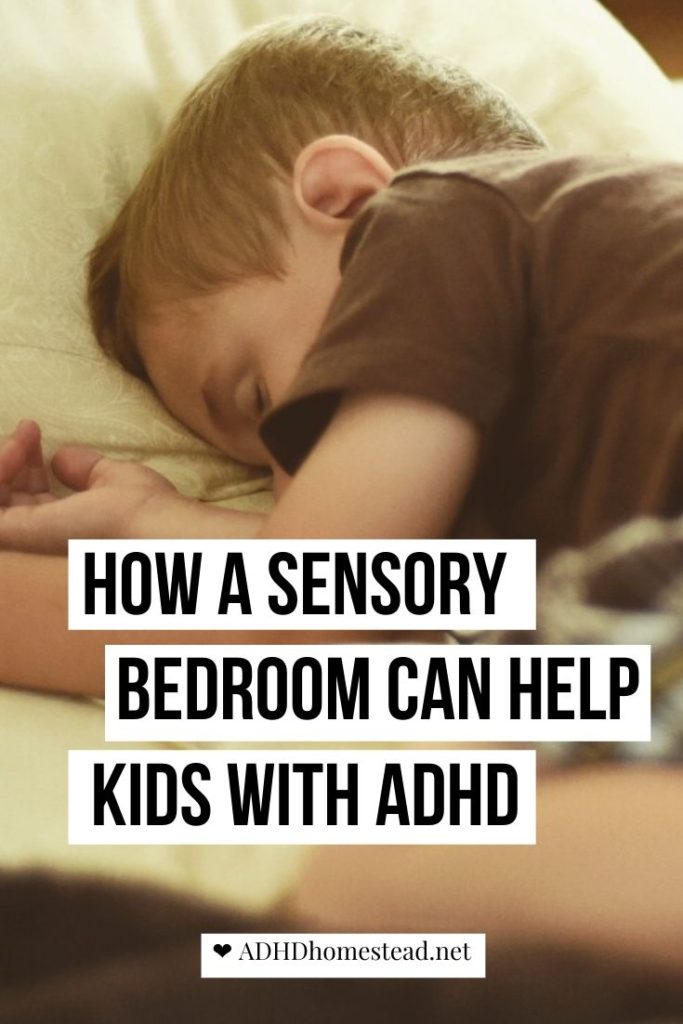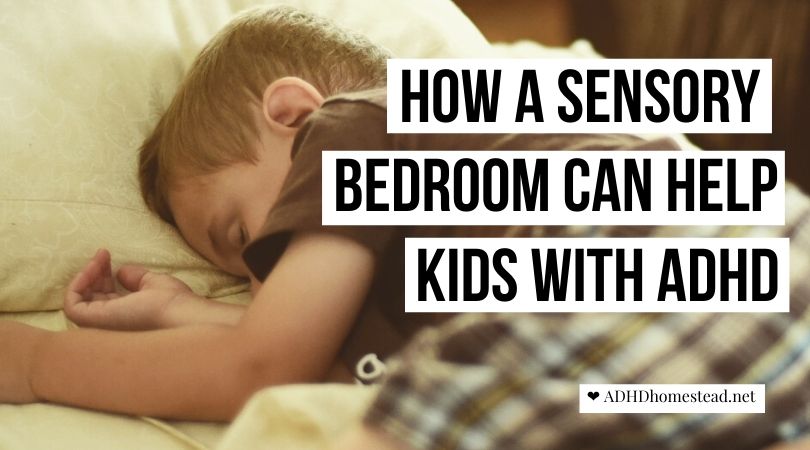This is a guest post from Jenny Wise of Special Home Educator. Thanks, Jenny, for addressing a topic near and dear to my heart (and brain)!
Many children (and adults) with ADHD experience issues with sensory processing. This can manifest in over- or under-sensitivity to sights, smells, sounds, tastes, and touch. The term “sensory processing disorder” is used as a catch-all to characterize all of these processing issues.
Sensory processing disorder is not an official clinical diagnosis. It does, however, seem to impact a lot of people on the ADHD and autism spectrums. Sensory over- or under-stimulation can have a big effect on your child’s mood, behavior, and cognitive performance.
Sensory integration therapy is a type of occupational therapy used to help children develop appropriate responses to stimuli. While children suffering from significant sensory processing issues should be treated by a qualified professional, parents can proactively incorporate aspects of sensory integration therapy around the house. This will help create a safe, fun environment where your child feels comfortable and secure. Your child’s bedroom is a great place to start.

Setting Up a Sensory Bedroom
A child’s sensory bedroom should grant them the autonomy to increase or decrease stimuli based on their needs. The bedroom provides a comfortable environment where the child can explore various sights, sounds, textures, and even forms of movement. With repeated exposure, they become familiar with new sensory information. This improves their tolerance toward things they may previously have found overwhelming or difficult. Conditioning in the safety of home helps the child feel more confident in real life situations.
Cut down on clutter.
First and foremost, a sensory bedroom should be organized and free of clutter. Clutter is proven to increase stress and anxiety within the home. It can be particularly overwhelming and distracting for people with ADHD. A great way to reduce clutter in a child’s bedroom is with multi-use furniture and accessories that stimulate the imagination. For instance, a box chair that can also be turned on its side to transform into a table for coloring or completing homework. Or look for seating that opens up to provide extra storage for toys or books.The goal is to reduce sensory overload by keeping as few pieces as possible in the room so there is plenty of open space.
Include an area for calming down.
When children with sensory processing issues begin to feel overwhelmed and anxious, sometimes it helps to have a designated area where they can be cut off from excess stimuli and regain their bearings. The area you design should be based on your child’s needs, but many parents find that setting up a play tent or tunnel in the room can help when a child struggles with excess visual stimuli. Other parents invest in sensory pods, pads, or swings that swaddle children and provide anxiety-relieving pressure. Weighted blankets can provide relief as well. Consider your child’s particular sensory needs and your budget when coming up with your creative solution.
Add Elements of Fun.
You shouldn’t make the bedroom a place for 24/7 action and adventure. That can keep children with ADHD up at night. However, the bedroom shouldn’t be completely devoid of fun. It’s perfectly acceptable to have some fun-but-not-over-stimulating activities you can do together in there. For instance, doing puzzles helps improve hand/eye coordination while supporting cognitive development. Doing puzzles at night before bed can help children wind down away from blue-light-emitting screens so it’s easier for them to fall asleep. Invest in different types of puzzles that teach children in various ways.
Your child’s bedroom should reflect their unique needs.
The ideal sensory bedroom for your child will reflect who they are and where they need the most relief. Sensory processing disorders can vary greatly from one child to another. However the everyday world negatively affects your child, there are ways sensory integration therapy can help. While most of these strategies may be best left to your child’s occupational therapist, a sensory bedroom is a great way to give your child a personalized oasis in your home.
Hey there! Are you enjoying The ADHD Homestead?
Here's the thing: I don't like ads. I don't want to sell your attention to an advertising service run by the world's biggest data mining company. I also value my integrity and my readers' trust above all, which means I accept very few sponsorships/partnerships.
So I'm asking for your support directly. For the cost of one cup of coffee, you can help keep this site unbiased and ad-free.
Below you will find two buttons. The first lets you join our crew of Patreon pals and pledge monthly support for my work. Patrons also have access to my Audioblogs podcast. The second takes you to a simple donation page to pledge one-time or recurring support for The ADHD Homestead, no frills, no strings. Do whichever feels best for you!

